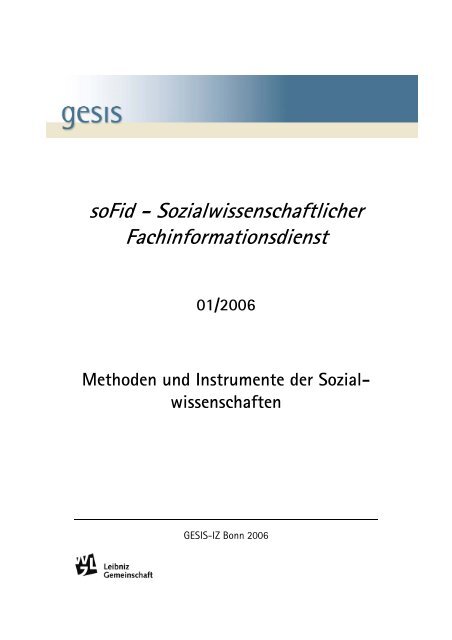
Evaluating the New Frick Collection: Tradition Preserved or Missed Opportunity for Innovation?

Title: The Frick Collection – Art, Wealth, and the Legacy of Philanthropy
The Frick Collection has long been celebrated as one of New York City’s most exquisite art museums. Situated in the stately former mansion of industrialist Henry Clay Frick on Manhattan’s Fifth Avenue, this institution is more than a vessel of European masterpieces—it is also a complex symbol of the fraught legacy of Gilded Age wealth, philanthropy, and the power of art to both inspire and obscure.
The museum recently reopened following a major renovation and expansion that cost approximately $220 million. This long-anticipated project, spearheaded by Selldorf Architects along with Beyer Blinder Belle, introduced modern upgrades such as a new theater, temporary exhibition spaces, and second-floor gallery access to previously private family quarters. Yet, amid these architectural innovations, little has changed when it comes to the museum’s essence: it remains a homage to the kind of private wealth that built and continues to sustain institutions like it.
An Opulent Collection Rooted in Industry
The Frick Collection boasts a remarkable assemblage of European art, including works by Vermeer, Rembrandt, Bellini, Gainsborough, and El Greco. Particularly prized are rare pieces such as Bellini’s St. Francis in the Desert and Thomas Gainsborough’s The Mall in St. James’s Park, elements of a trove that would be headline pieces in most other museums.
What makes the Frick unique is its setting. Unlike other major museums that display their works in neutral or institutional environments, the Frick is an immersive experience—high art housed in high society. The museum retains much of Frick’s original interior design, from its ornate rugs to Rococo-panelled rooms, lending it the aura of aristocratic grandeur.
Art as Legacy–and Distraction
But while the Frick dazzles as an art lover’s paradise, it also functions, intentionally or not, as an attempt to artwash the legacy of its founder. Henry Clay Frick was a steel magnate and partner of Andrew Carnegie, remembered less for his philanthropy and more for his role in violently suppressing labor during the Homestead Strike of 1892, a notorious chapter in American labor history that resulted in worker deaths and injuries. That legacy is rarely addressed within the museum’s pristine galleries or official narratives.
This context is important. As Carnegie funded thousands of libraries, Frick, in bequeathing his art collection to the public, secured a similarly philanthropic reputation. But just as Carnegie’s libraries were rejected in some communities for his tainted business ethics, Frick’s contributions invite scrutiny, especially when celebrated without examining the means by which his fortune was accrued.
Renovation Meets Reflection
The latest renovations have opened new spaces and incorporated more recent acquisitions to the museum, such as Giovanni Battista Moroni’s Portrait of a Woman and Jean-Baptiste-Camille Corot’s landscape, Vallée de la Ferté-Milon. These additions, modest yet significant, suggest an evolving collection. The arrangement of paintings in the “Breakfast Room,” modeled on its appearance during Frick’s life, gestures toward a historical narrative yet again centered on opulence and curation over conflict.
The architecture itself avoids bold innovation. The new reception and cafe areas are serviceable but uninspired. The second floor’s new displays offer fresh perspectives, especially in showcasing previously hidden medals and Renaissance pieces. Still, the upgrades stop short of imposing any contemporary rethinking, either aesthetic or ideological, of what this museum says—and does not say—about its founder’s motives and legacy.
Philanthropy vs. Accountability
American museums often rely on patronage, and that patronage typically comes from wealth forged in capitalist enterprise. This spark of generosity motivates much of what is now celebrated as cultural infrastructure. But as thinkers like Eunsong Kim argue in works such as The Politics of Collecting (2024), it is vital to interrogate how wealth, colonial legacy, and elite control steer institutional narratives. Museums, she contends, are not neutral; they are deeply embedded in a larger continuum of colonial and capitalist power.
Thus, the Frick Collection, while undeniably beautiful, cannot be separated from the inequalities that created it. With admission at $30—steep by industry standards—and restrictive entry for children under 10, the museum often feels tailored to an elite audience, reinforcing the exclusivity it visually and institutionally represents.
Where Does the Frick Go from Here?
If the Frick is truly to embrace its educational mission and serve a broader public, it may need to do more than conserve paintings and update infrastructure. It must also confront its own history and the story of Henry Clay Frick—his role as a titan of American industry, yes, but also as a figure intertwined with worker exploitation and violent labor suppression.
What might that look like? A permanent exhibition contextualizing Frick’s wealth creation would be a start. A more accessible pricing